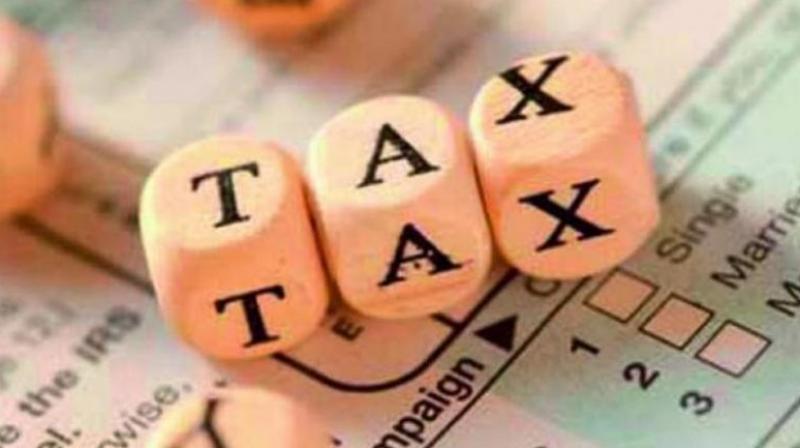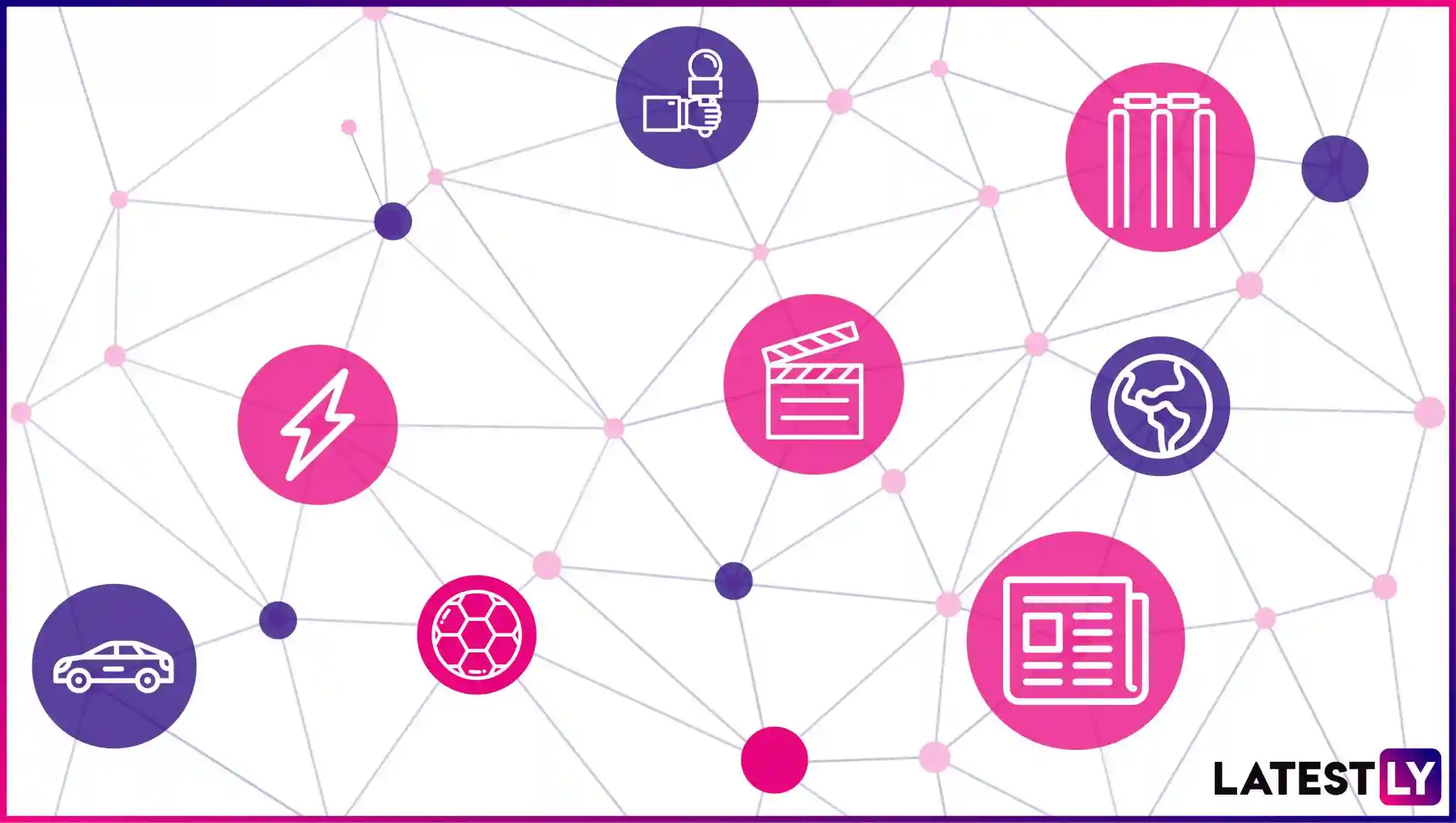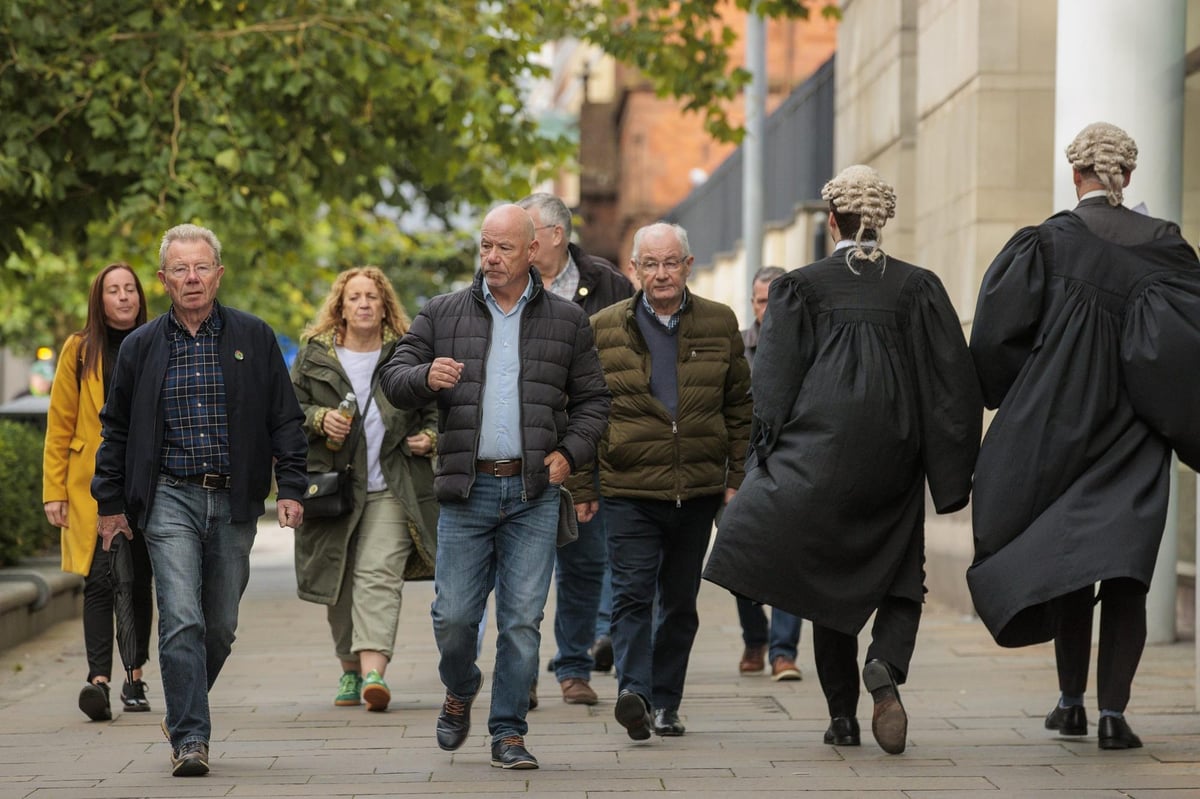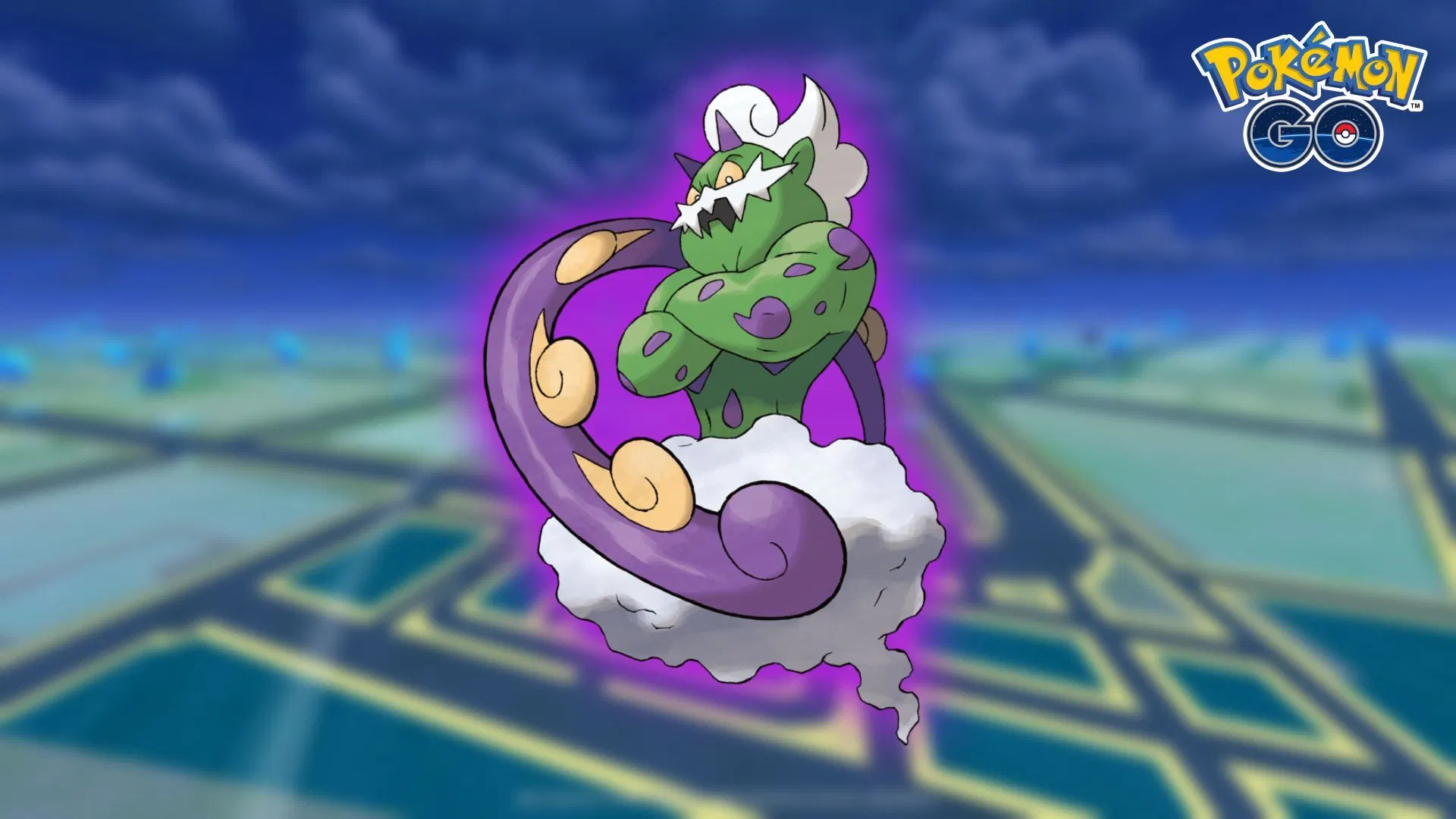By Karishma Jain,News18
Copyright news18
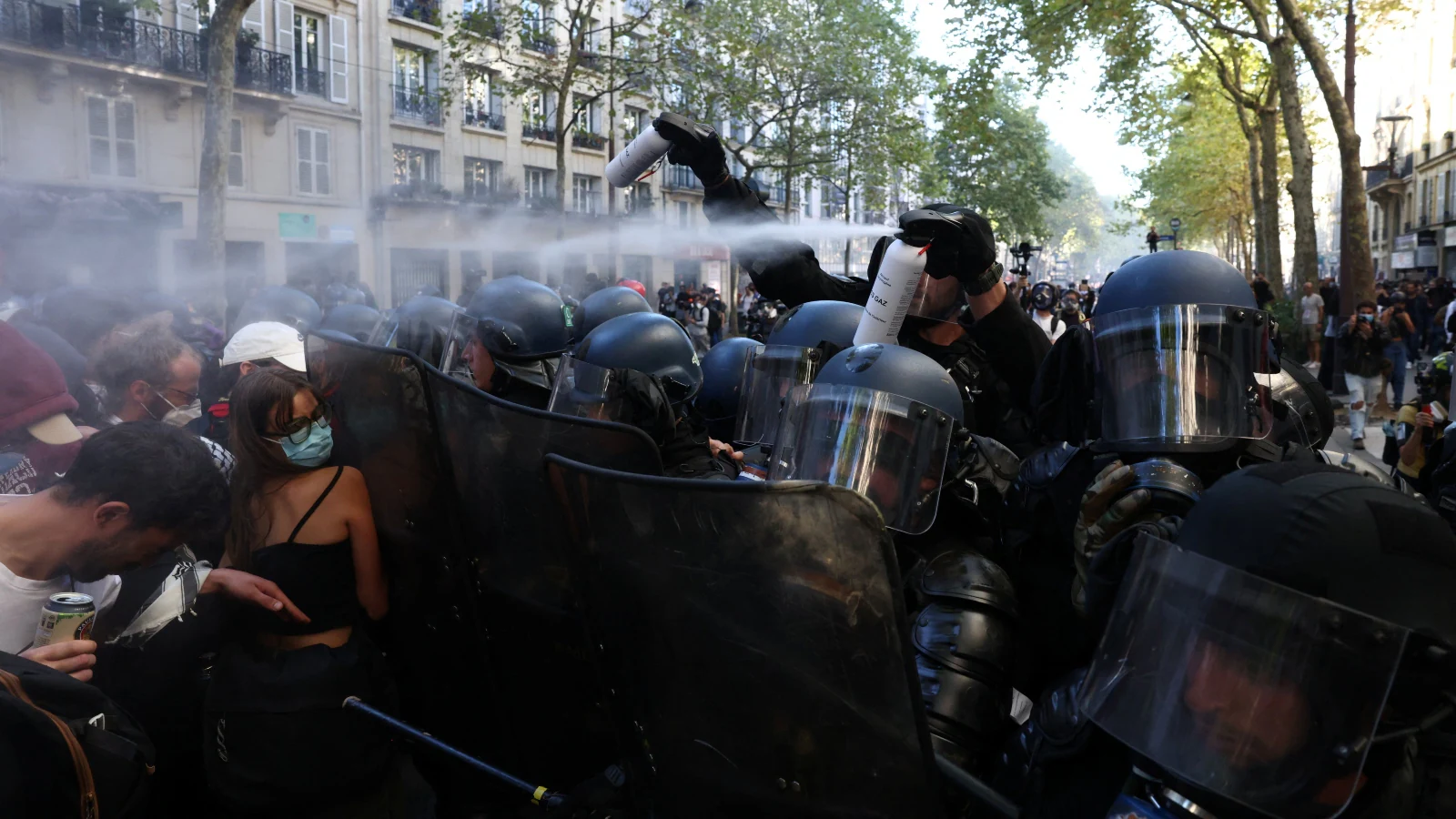
France is in turmoil. Hundreds of thousands of people marched and went on strike across the country on Thursday in one of the biggest protests in recent years. From shuttered pharmacies and blocked highways to tear gas in Paris, the unrest was a powerful display of public anger against austerity, the term used for deep government spending cuts aimed at reducing debt.
The protests were the first major challenge for France’s new prime minister, Sébastien Lecornu, who took office only last week after his predecessor was ousted in a parliamentary revolt. With parliament divided, the country’s finances strained, and people deeply protective of their social safety net, the demonstrations have become a flashpoint for President Emmanuel Macron’s government.
What Triggered The Protests?
France’s government is under pressure to rein in its public deficit, which last year reached almost double the European Union’s official limit of 3 per cent of GDP. To address the shortfall, then-Prime Minister François Bayrou presented a plan in July to cut €44 billion from the 2026 budget.
His measures included:
Freezing pensions.
Increasing healthcare costs.
Scrapping two public holidays to boost economic output.
These proposals immediately sparked outrage from trade unions, opposition parties and protesters, who argued that Bayrou’s plan would dismantle France’s welfare system while letting the wealthy and big corporations off lightly. Public services such as schools, hospitals and unemployment benefits are at the heart of what many call the “French model of life.”
In September, lawmakers from both the far left and the far right united to bring Bayrou down. They passed a no-confidence vote, a parliamentary mechanism that forces the government to resign when it no longer commands a majority. Bayrou became the fourth prime minister to lose office in less than two years.
Macron replaced him with Lecornu, his close ally and former defence minister. But unions and demonstrators said nothing had really changed. “Bringing in Lecornu doesn’t change anything. He’s just another man in a suit who will follow Macron’s line,” one student told AP. Thursday’s protests were meant as a warning to the new prime minister not to continue Bayrou’s austerity path.
Who Was On The Streets?
The scale of participation was vast. France’s major unions spearheaded the mobilisation. The CGT (General Confederation of Labour), one of the country’s oldest and most influential unions, led the strikes. It was joined by sectoral unions representing teachers, transport workers, healthcare staff and pharmacists. The CFDT (French Democratic Confederation of Labour), the largest union in membership terms, also backed the call for a “socially fair budget.”
Organisers and unions said more than 250 demonstrations took place nationwide — from Paris and Marseille to Lyon, Lille, Rennes and Montpellier.
Sectors hit:
Transport: Regional trains and the Paris Metro were heavily disrupted, though most high-speed TGV services ran with only minor interruptions. Protesters also blocked highways near the southern port city of Toulon, Reuters reported, and staged sit-ins at Paris bus depots.
Schools: About one in six teachers walked out nationwide, and one in three in Paris, according to Reuters. High school students blockaded entrances in several cities, chanting slogans like “Tax the rich.”
Health and pharmacies: Hospitals faced staff shortages and closed beds, while nine out of ten pharmacies shut in protest against pricing policies, the Guardian
Energy: Workers at EDF, France’s state-owned electricity company, deliberately reduced output at nuclear plants, a symbolic move to show that even the country’s power supply could be disrupted, according to state broadcaster France 24.
For ordinary people, the impact was immediate. Parents scrambled to find childcare as schools and cafeterias closed. Commuters were stranded. Tourists found the Louvre Museum, home to the Mona Lisa, and the Arc de Triomphe monument in Paris partially shut, Al Jazeera reported.
What Are Protesters Demanding?
The unions’ central message was that ordinary people should not be made to pay for France’s debt crisis. Instead of slashing pensions and raising healthcare costs, they demanded higher taxes on the wealthy and corporations.
Union leaders made their point directly to the government. Sophie Binet, head of the CGT (General Confederation of Labour), told crowds in Paris: “The anger is immense, and so is the determination. My message to Mr Lecornu today is this: it’s the streets that must decide the budget.” Marylise Leon, leader of the CFDT (French Democratic Confederation of Labour), speaking to reporters at the march, added: “We want a socially fair budget.”
Their slogans were echoed in the banners carried by demonstrators. Placards reading “Tax the rich” were seen across Paris, Lyon and Marseille. Protesters told AP that they believed Macron’s tax breaks for businesses after the Covid-19 pandemic had worsened inequality, while pensions and services were being squeezed. Many also demanded the reversal of Macron’s deeply unpopular 2023 pension reform, which raised the retirement age from 62 to 64.
For those marching, the issue went beyond budget spreadsheets. As one protester in Créteil outside Paris told the Guardian, France still has a strong welfare state, but “year after year it is being eroded by funding cuts.” Others said they were marching to defend what they see as a uniquely French way of life: public schools, universal healthcare, pensions, and social security.
How Is The Government Responding?
PM Lecornu has tried to project compromise since taking office. He immediately scrapped Bayrou’s most unpopular idea, abolishing two public holidays, and announced that he would end the lifelong privileges enjoyed by former PMs. He also trimmed retirement benefits for ex-ministers. But unions were quick to dismiss these moves as largely symbolic. The measures would save little money and do not address the larger €44 billion cuts still on the table.
On social media, Lecornu pledged to meet union leaders “in the coming days” and insisted that their demands were “at the heart of the consultations” he had started. Yet he has not revealed his full budget plan, fuelling suspicion among protesters that the core of Bayrou’s austerity programme could survive. Opposition parties that voted Bayrou out also say Lecornu has been vague. After meeting him, Socialist leader Olivier Faure told French broadcaster TF1: “The prime minister gives the impression that he doesn’t know which direction he wants to go.”
The government’s response was also heavy on security. About 80,000 police and gendarmes were deployed nationwide, backed by drones, water cannon and armoured vehicles. Interior Minister Bruno Retailleau justified the scale, saying it was necessary to prevent road blockades and allow non-protesters to move about. In Paris, police used tear gas and armoured units to disperse demonstrators who threw bottles and stones. There were similar clashes in Lyon and Nantes, and by evening, more than 180 people had been arrested.
How Do The Block Everything Protests Fit In?
Thursday’s demonstrations built directly on the momentum of the “Block Everything” movement last week. This was a leaderless protest campaign that began online in the summer, with young people circulating hashtags such as #boycott, #disobedience and #solidarity.
On September 10, around 175,000 people joined Block Everything marches and blockades, which saw highways barricaded, petrol stations closed, and more than 540 arrests nationwide. Unions seized on that energy to call for coordinated strikes on Thursday, effectively merging grassroots anger with organised labour.
Why Is This A Political Crisis For Macron?
France’s parliament has been paralysed since Macron dissolved the National Assembly (France’s lower house of parliament) in 2024. No single party holds a majority. The left, far right and centrists constantly block each other, leaving Macron reliant on shifting alliances.
This fragile balance has toppled four prime ministers in less than two years. Lecornu is the latest to try to steer through a budget, which he must present by October 2. If it contains austerity measures, opposition parties, including the Socialist Party, who have already criticised his vagueness, could again vote no confidence, forcing him out just like Bayrou.
For Macron, who has only 18 months left in his presidency, the stakes are personal. His approval ratings are now at their lowest since he took office in 2017. Protest slogans increasingly targeted him directly, with some calling for his resignation. Left-wing leader Jean-Luc Mélenchon told a rally in Marseille: “The president is the source of chaos, and everything that has happened recently is the result of his actions.”
What Next For Macron And Lecornu?
Lecornu’s first address to parliament on October 2 will be a defining moment. Without a dramatic change of direction, unions including the CGT and CFDT have promised more strikes and protests.
Unless the government backs down from austerity, the strikes may continue, forcing Lecornu to prove whether he can survive longer than his predecessor, or become the fifth prime minister to fall in Macron’s second term.
